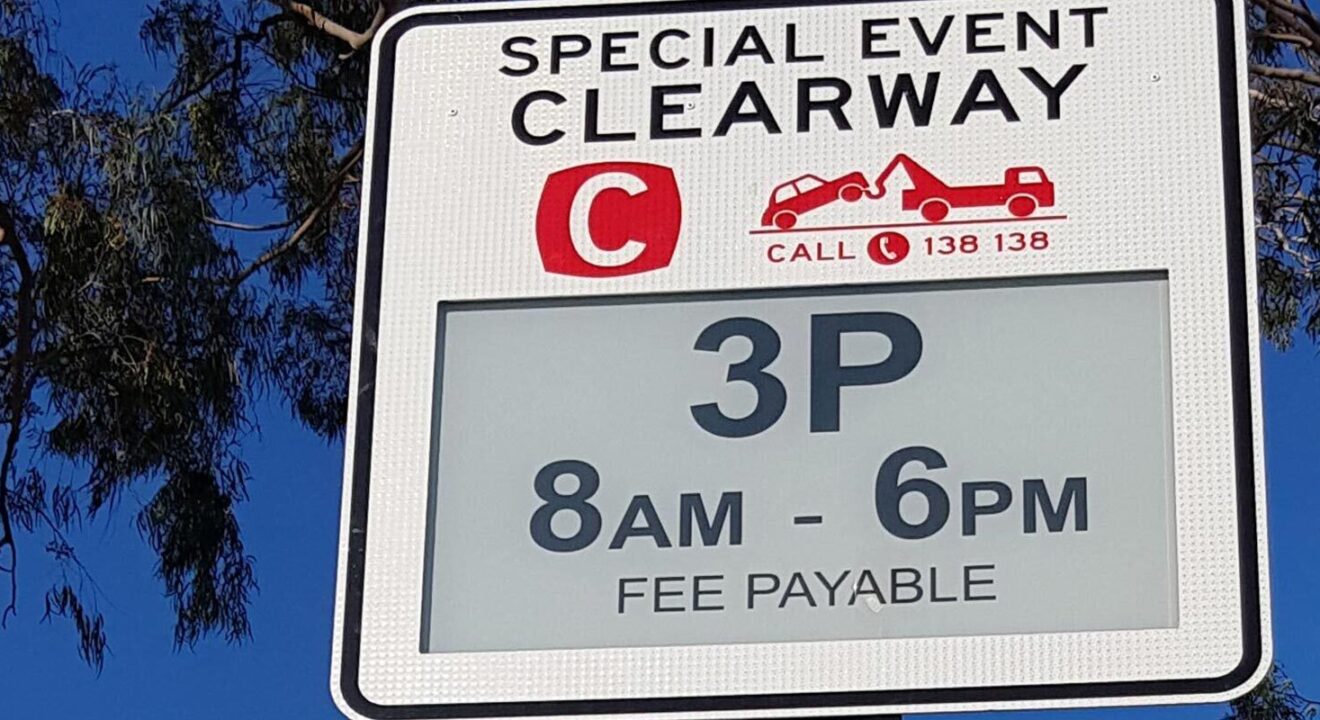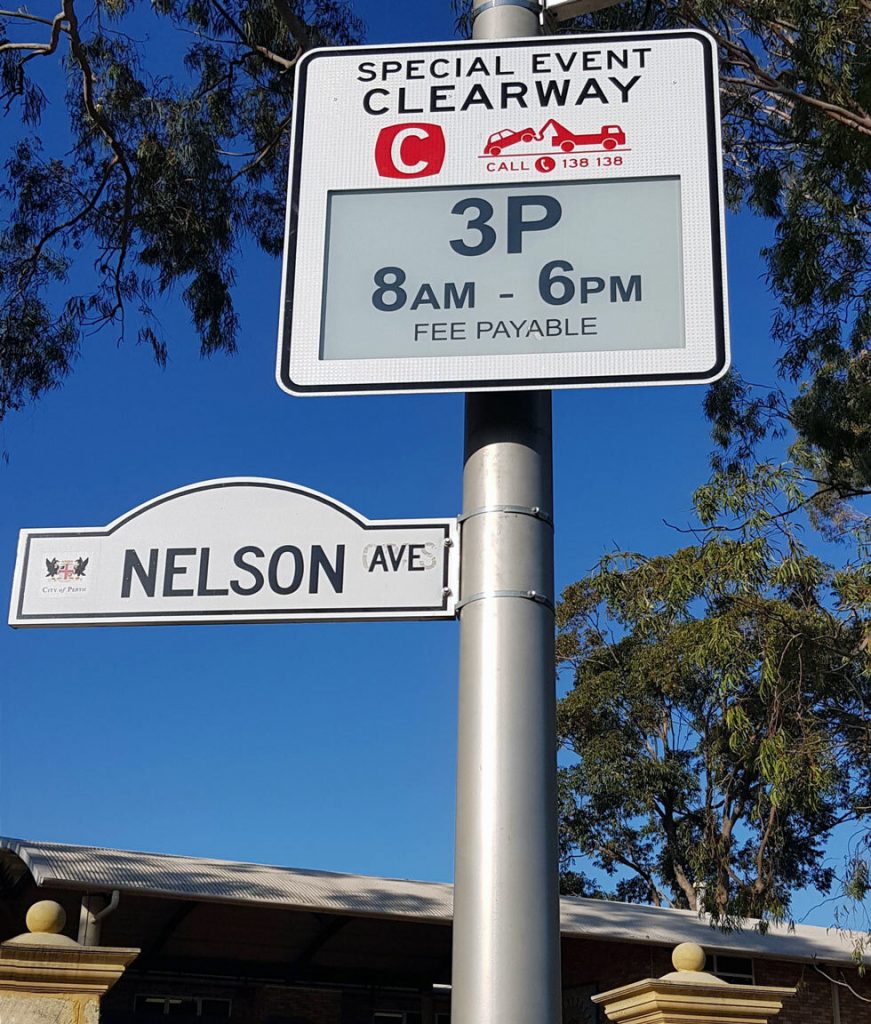

Smart city, smart curb: Perth’s Optus Stadium goes digital with electronic paper
Visionect, 23 Apr 2020
Powered by Visionect and designed by Mercury Innovation, the e-paper road signs are replacing paper-based event notifications, facilitating the transition from the traditional static and inflexible curb space towards a more dynamic and efficient system based on real-time needs.
Rethinking the curb
Competition for the curb (that’s “kerb” for all our friends down under!) is rising, writes The Conversation. With the definition expanding to include the lane beyond the curb that is used for car parking, bus stops, taxi pickups and dropoffs, as well as loading and unloading goods, cities need to rethink how to efficiently manage this contested real estate – and with that avoid increased congestion on local streets and footpaths.
Such as the streets and footpaths leading to Perth Stadium, also known as Optus Stadium, the third-largest stadium in Australia that holds over 60,000 people. For events, 8,600 people will typically walk across the Swan River via the Windan Bridge to reach the stadium, while an additional 14,300 will walk across the Matagarup Bridge which connects the stadium precinct with public transport and car parks in East Perth.
No wonder that the City of Perth was looking for a smart solution that would digitise the Swan River curbside, simplifying the message for road users and with that reduce congestion and improve roadway efficiency.

E-paper digital parking sign in Perth Australia (by Visionect & Mercury Innovation)
Smart signs for smart cities
Australia has long embraced the versatility of outdoor electronic paper signs. After all, it was in Oz that the world’s first eink traffic signs were installed in 2015, running with a zero-failure rate all these years later. And now a new generation of electronic paper road signs is delivering greater control along the Swan.
The new generation eMajor signs – 32-inch outdoor electronic paper displays powered by Visionect and designed by Mercury Innovation – have been installed along 1.2 kilometers (0.7 miles) of roadway along the river opposite Optus Stadium. Here, they improve event management and time of day conditions by replacing paper-based event signage with real-time notifications.
Even better, because the signs are 100% self-sustainable and powered by solar energy, they will not malfunction in the sun’s heat or during a power outage. Featuring highly optimized power consumption, the signs are programmed to ‘wake up’ for certain pre-scheduled windows of time when the content on the sign will be wirelessly changed with the help of an app-based content management system. Outside of the ‘waking’ time, the road signs will use no power.
Installed in June 2019, the e-paper rollout comes as part of Australia’s $50 million Smart Cities and Suburbs Program supporting the delivery of innovative smart city projects that improve the livability, productivity and sustainability of cities and towns across the continent. And we could not imagine a better technology to realize these goals than electronic paper.
Tags

